Take a peek at the fashion influencers of Instagram, or simply walk the streets of style capitals like Paris and New York, and you’ll see that men’s fashion is more versatile today than ever before. And while you might think that this forward march of sartorial progress means banishing ‘outmoded’ attire to the annals of history, the garments of yesteryear have a way of reappearing when you least expect it.
Enter the cravat.
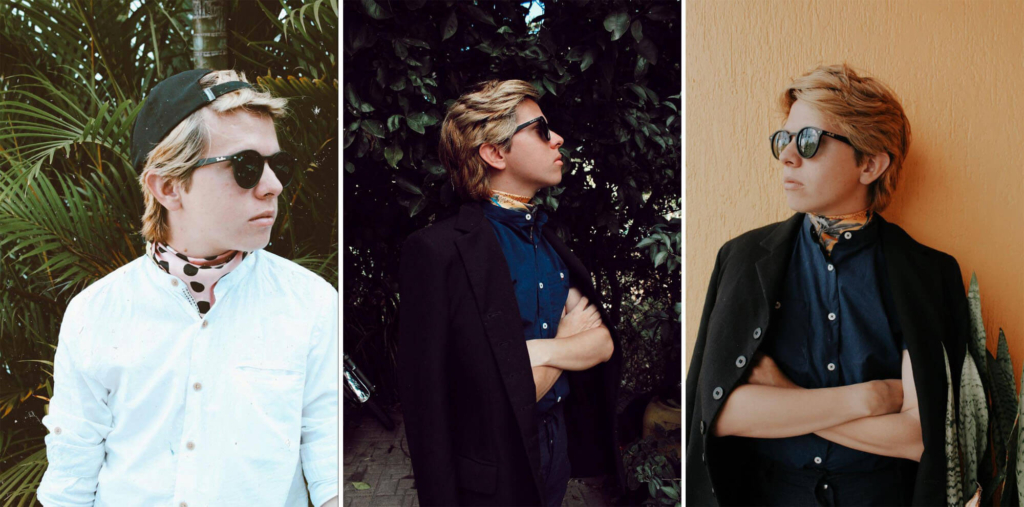
[Photos courtesy Julio Madariaga]
Thanks to the increasing embrace of casual attire, even in traditionally formal settings such as the office (fuelled, no doubt, by the sneaker-loving titans of Silicon Valley), some fashionistas have been declaring the demise of the suit and tie – but don’t expect the death knell to sound any time soon. In fact, just as the world is welcoming a more casual look, many fashion-forward men are returning to the sophistication and timelessness of jackets and dress shirts – and those looking to infuse their style with even more debonair flair are turning to the cravat.
The Cravat: A History
So what is a cravat, and where does it come from?
The history of the cravat is actually the history of the modern tie itself, originating in the 17th-century with Croatian soldiers, who wore as part of their uniform a piece of fabric tied around their necks; common lace for the lower ranking soldiers, and muslin or silk for the officers. When Croatian mercenaries fought in France during the Thirty Years’ War (1618-1648), the Croat tie became a point of fascination for the French, who adopted it and dubbed it the cravate.
Young King Louis XIV began wearing them, ushering the cravat into fashion for French nobility, and it is said that Charles II brought the style with him to England when he returned from exile in France in 1660. Eventually, the cravat spread across Europe, becoming an essential element of men’s clothing among the affluent classes, and evolving into various forms with different types of fabric, knots and ways of adorning the neck; the particular way a man wore his cravat was a marker of his style and taste.
By the 18th century, cravats were all the rage thanks to a particular type of aristocratic European man called ‘macaroni’, who pushed the bounds of fashion and were characterised by their overly affected mannerisms as well as their extravagant wigs and outfits. Later that same century, famous dandy George ‘Beau’ Brummell would popularise a simpler approach to fashion among the British elite, focusing on well-tailored clothing adorned with – you guessed it – a cravat. Brummell is often credited with introducing what would become the modern suit and tie.
The cravat – and its close cousin, the ascot tie – would enjoy its last great heyday in the 1950s, ‘60s and ‘70s. No longer simply white in colour, cravats were worn in a wide range of hues and patterns, from paisley to polka dots, and were seen on the great Hollywood stars of the era, like Marlon Brando, Cary Grant or Roger Moore.
The Cravat: A Rediscovery
The cravat has disappeared for a while, but is it dead? Certainly not. After languishing in sartorial purgatory for decades, the cravat is being rediscovered by a new generation of stylish men – if somewhat modestly.
Though it’s synonymous with sophistication and refinement, the cravat can be worn with casual looks in addition to formal ones; it can be paired with jackets, sweaters and even denim to infuse an ensemble with an extra element of finesse.
The big fashion houses like Hermes, Versace, Burberry, Hugo Boss and even the disruptive Moschino have all dabbled with the cravat of late, updating it with fresh designs and styles. We’ve even seen them at the recent Pitti Uomo men’s fashion fair, where brands and trendsetters were mixing cravats with more laid-back pieces such as blazers and sneakers – and proving that this classic accessory is also a versatile one that deserves a place in the modern man’s closet.
The Cravat: A Guide
Admittedly, cravats are not for everyone – but if you’re a studied man of style ready to graduate to bolder looks, then cravats could be the key to adding that certain something you’ve been missing.
The first step, of course, is choosing your cravat, and while the cravat may be a timeless accessory, it’s still worth looking to current fashion trends to achieve a fresh and modern look. Here are some to look out for:
Florals & Botanical Prints
‘Caribbean chic’ or ‘tropical chic’ may sound like an odd fit for something as stereotypically ‘stuffy’ as a cravat, but that’s the beauty of it. Cravats printed with tropical leaves, palm trees, flowers and fruits will be unexpected – and will lend a modern touch to an old-school style.
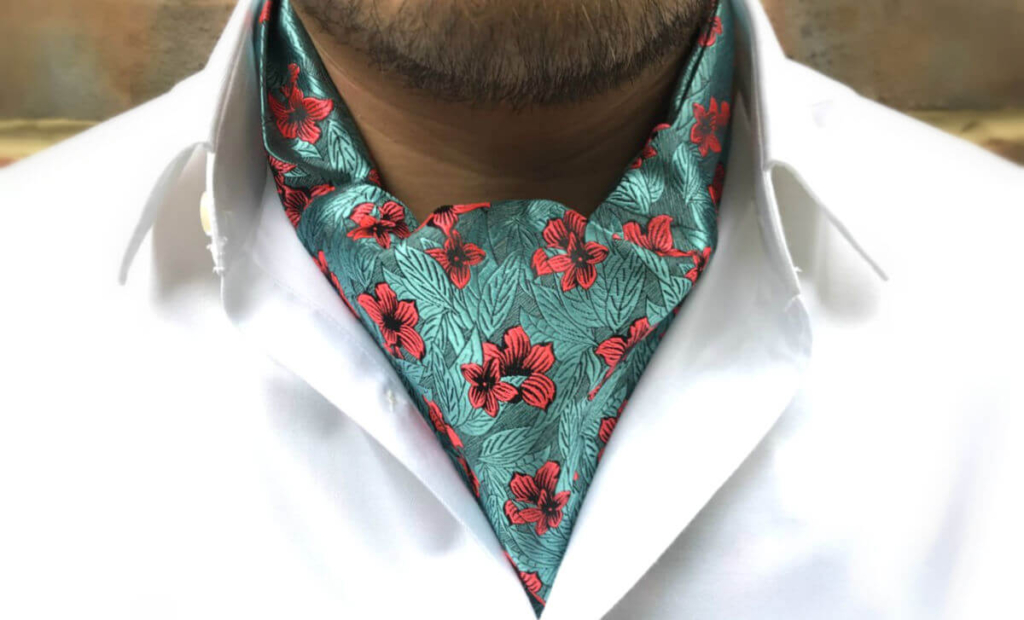
[Photo via Cravat Club]
Geometric Figures
Squares, triangles, even rhombuses – the stunning symmetry of geometric prints will make your cravat pop.
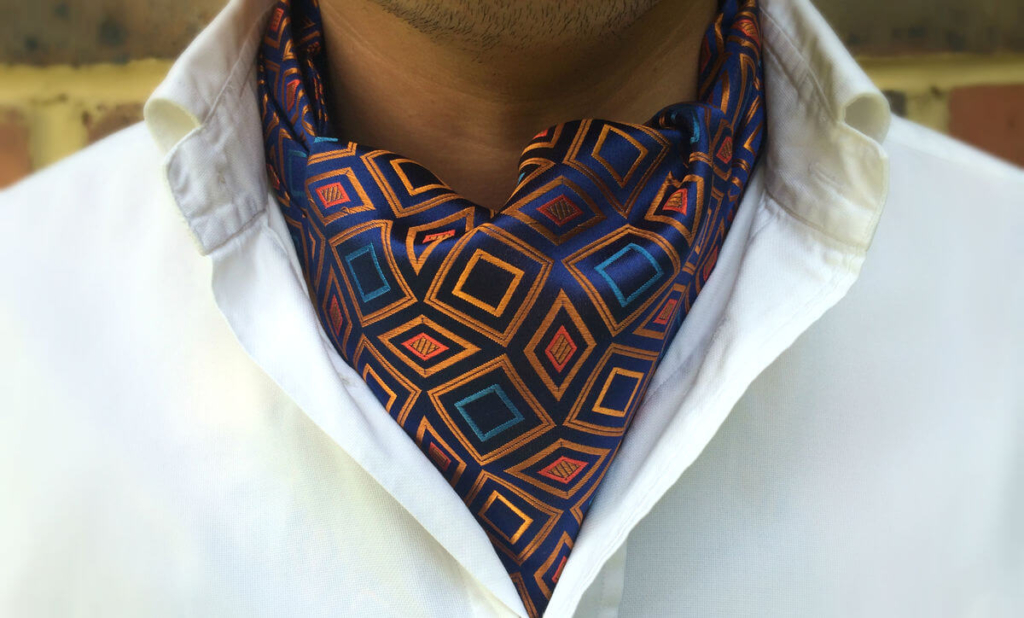
[Photo via Cravat Club]
Polka Dots & Stripes
Classics that will never go out of style, more traditional prints like these add an elegant and slightly formal element. For an eye-catching combo, go for a white background with black polka dots, or coloured lines against monochrome backgrounds.
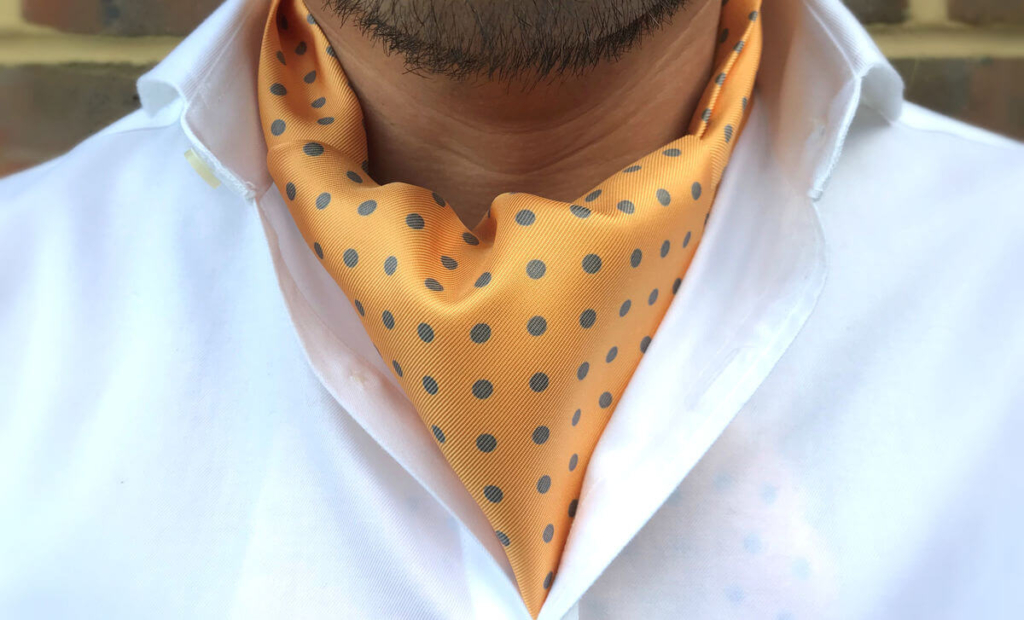
[Photo via Cravat Club]
Now, what to wear it with? This will largely depend on the occasion – casual date night vs formal event, for example – and though cravats are usually worn with an unbuttoned collared shirt, there are several styles you can choose from. If the occasion is relaxed and informal, then a blazer, jeans and collared shirt will be your best bet. Polo shirts, vests and round-neck sweaters are other options for the more daring.
In terms of general rules, some to abide by include:
Pay Attention To Tone
Always opt for a cravat that’s different from the tone and colour of the shirt you’ll wear it with: the ideal is to generate a contrast between the two garments, thus drawing the eye.
Tie It Right
The cravat should not appear too loose or slouchy, nor should it look uncomfortably tight.
Stick Out Your Neck
If you have a short neck, leave a bit of space between your chin and the cravat in order to stylise your neck and ensure that the fabric doesn’t swallow you!
Avoid Volume
For wide necks, it’s best to wear cravats with simple knots, so as not to add unnecessary volume.
Play With Prints
Don’t only go for monochrome cravats – prints will always be a good idea. Try mosaics, stripes, polka dots, florals and artistic prints.
Go Casual
Forget the cliché that you can only wear cravats with a suit or on special occasions. You can always adapt it to more informal settings by pairing it with laid-back garments, like denim jackets and sneakers.
Now, you dapper 21st-century dandy, go forth and spread the gospel of the cravat!
[Photo at top via Sheep”R”Us/Flickr]

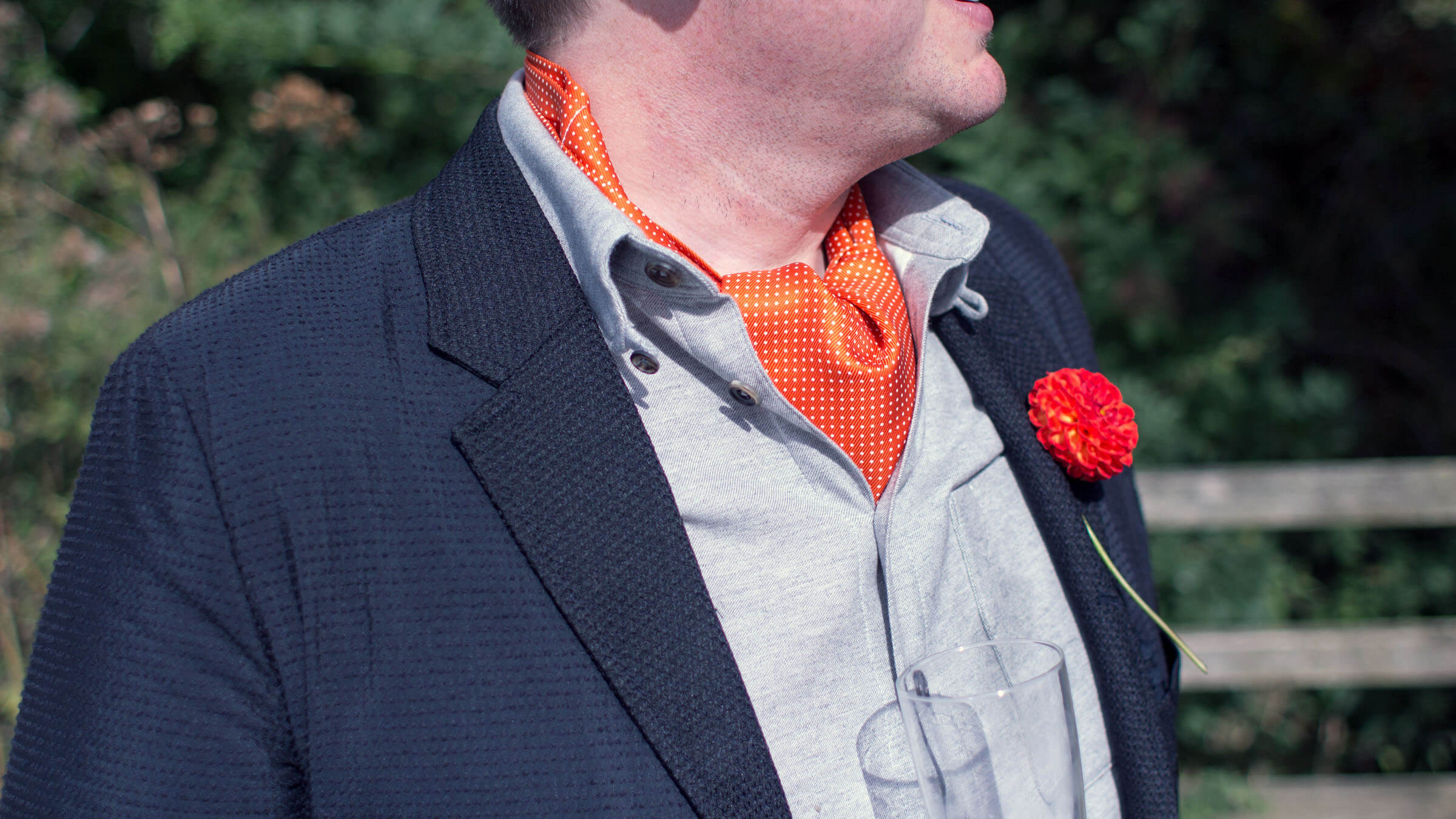
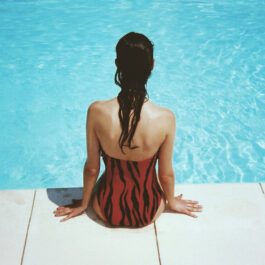

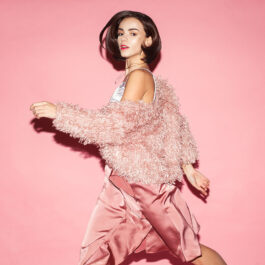
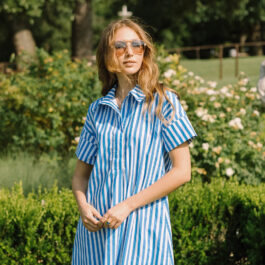
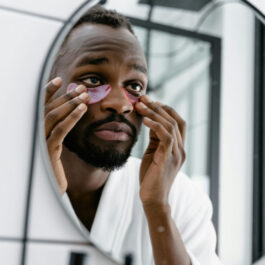
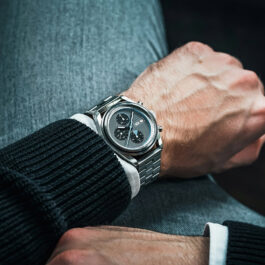
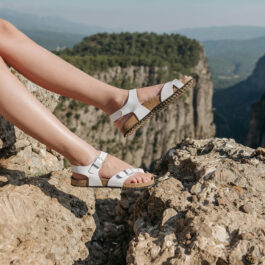
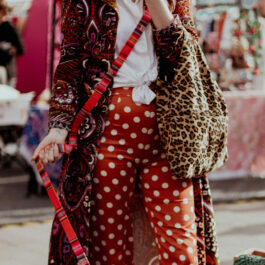
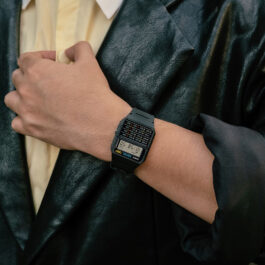
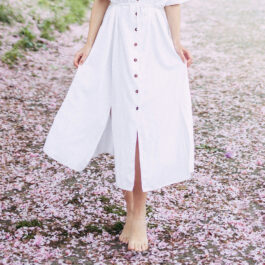
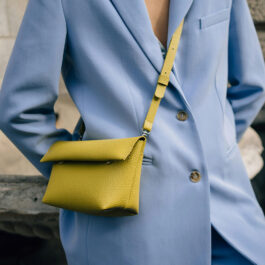
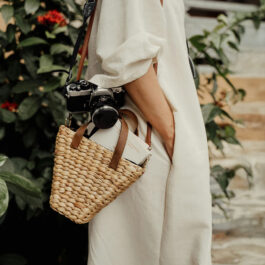
Sorry, the comment form is closed at this time.